Modern Rodding Tech
InTheGarageMedia.com
1. We stopped off at Hot Rods by Dean and enlisted the help of Dean Livermore for the ’37 Ford taillight project on our ’28 Ford pickup. Needed something smoother than a stocker lamp.
1. We stopped off at Hot Rods by Dean and enlisted the help of Dean Livermore for the ’37 Ford taillight project on our ’28 Ford pickup. Needed something smoother than a stocker lamp.
Sometimes it Truly is Better to be Seen
By Brian Brennan  Photography by The Author
Photography by The Author
here’s an old adage about “being seen and not heard.” Well, that has a significant impact (excuse the pun) when you are driving a hot rod and the subject are your taillights. In this day and age it really doesn’t matter how many taillights your hot rod came with, you should have two and if at all possible the LED style with their incredible brightness is an ideal way to go. When building our ’28 Ford Model A pickup there was little doubt that two taillights would be far better than a single. But we didn’t want to go with a Model A type twice over. What to do? In talking it over with Dean Livermore of Hot Rods by Dean he suggested a pair of ’37 Ford taillights. He has done this exact swap a number of times in the past and it always turns out to be very good looking. So, we did it.
Back in the day a Model A would have had a single taillight from the factory but it was a common practice for Ford to recommend to dealers to install a second taillight on Model As as a way of selling more product and boosting safety. It was also recognizing the fact that several states had already mandated that all new cars sold should have two taillights. The proverbial handwriting was on the wall. It wouldn’t be long before all Detroit-produced iron would have two taillights.
We visited our Speedway Motors catalog and came away with a pair of ’37 taillights, one for the passenger side that didn’t have the license plate LED bulbs within (PN 911-37091-R and 911-37091-L). These lights are 12V and come with three wires: green for stop/turn, black for taillight, and white for ground. These lights can be ordered separately, but should you need two make sure to get one for use with a license plate should the lighting be needed. They come with 17 super-bright-red LEDs, the one requiring light for a license plate comes with six white bulbs, a polycarbonate lens, and solid-state circuit boards designed for 7.7 to 14.0 V/DC.
Follow along with the photos and you will see how we mounted each taillight and addressed the lighting for the license plate. We think you will agree that this is an excellent solution for any hot rod that doesn’t have fenders but needs to resolve the taillight situation.
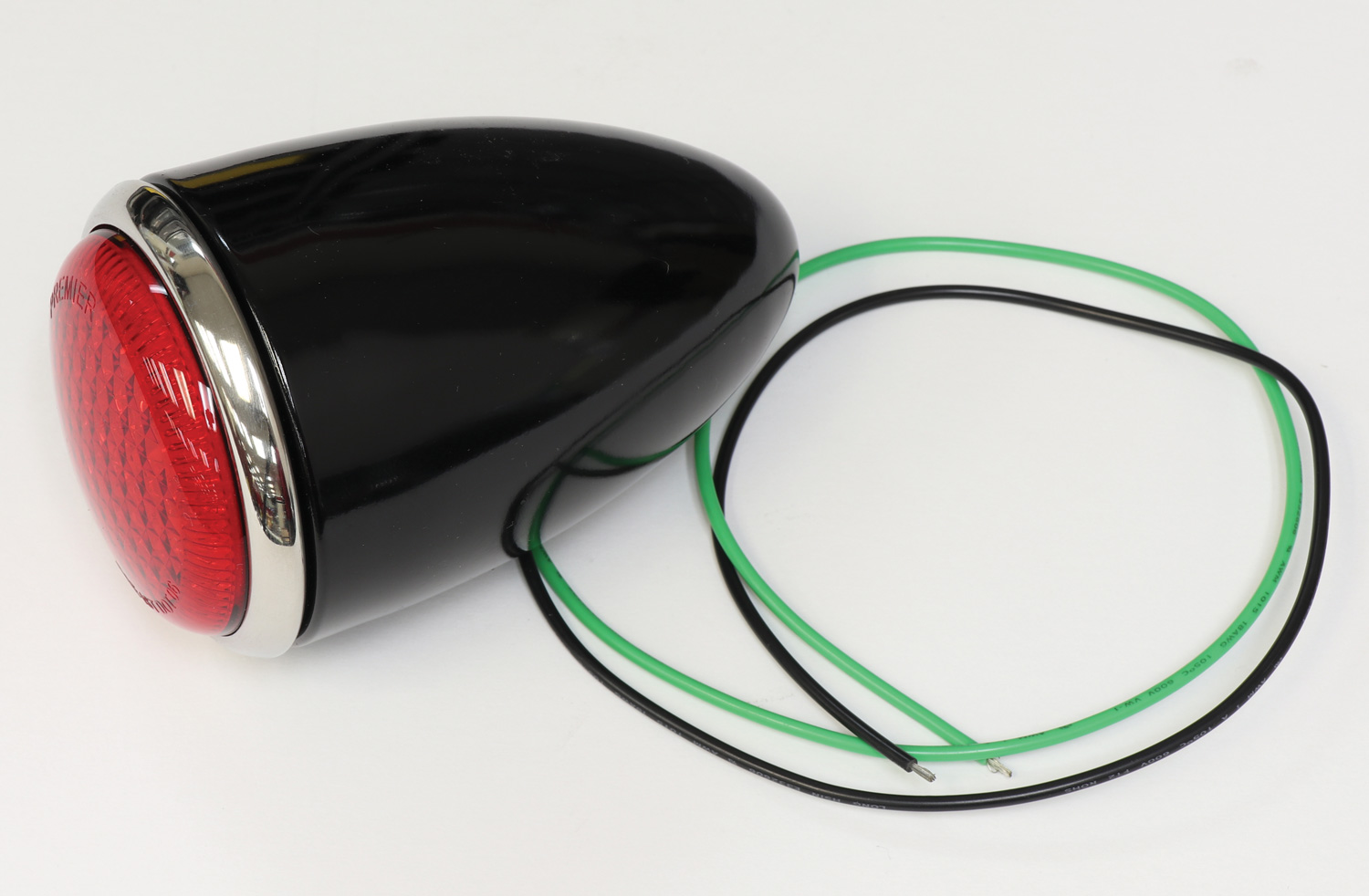

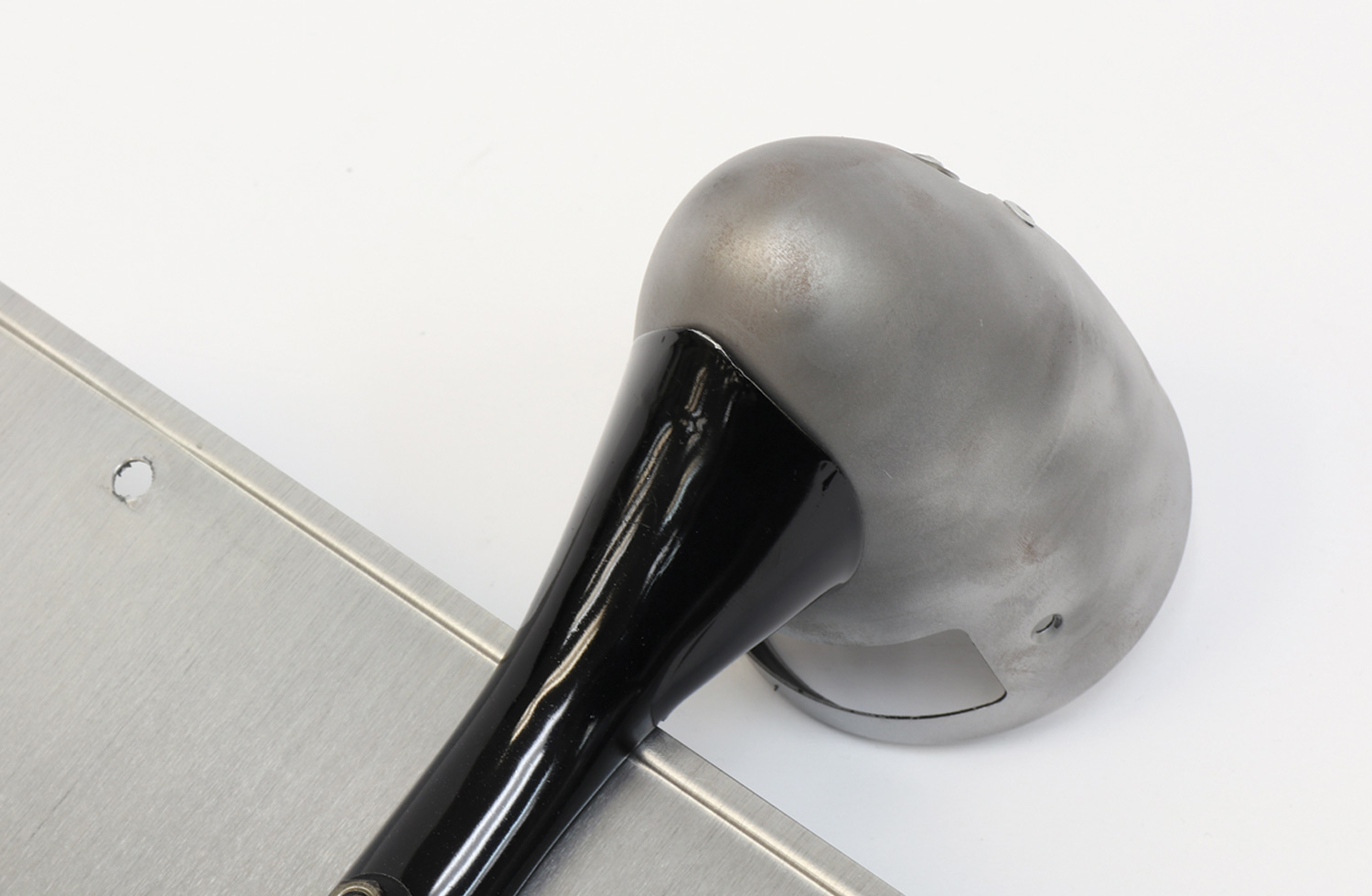
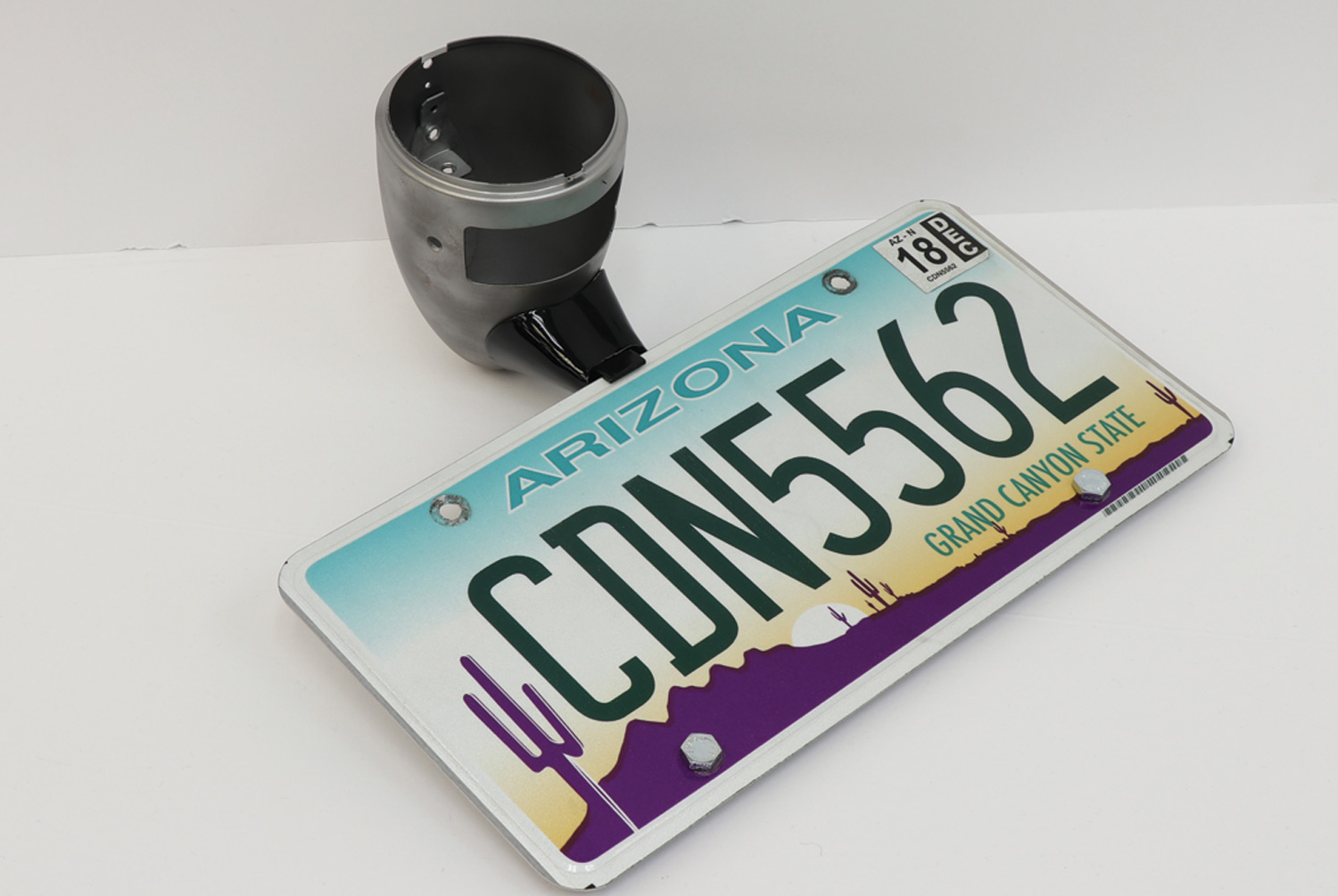
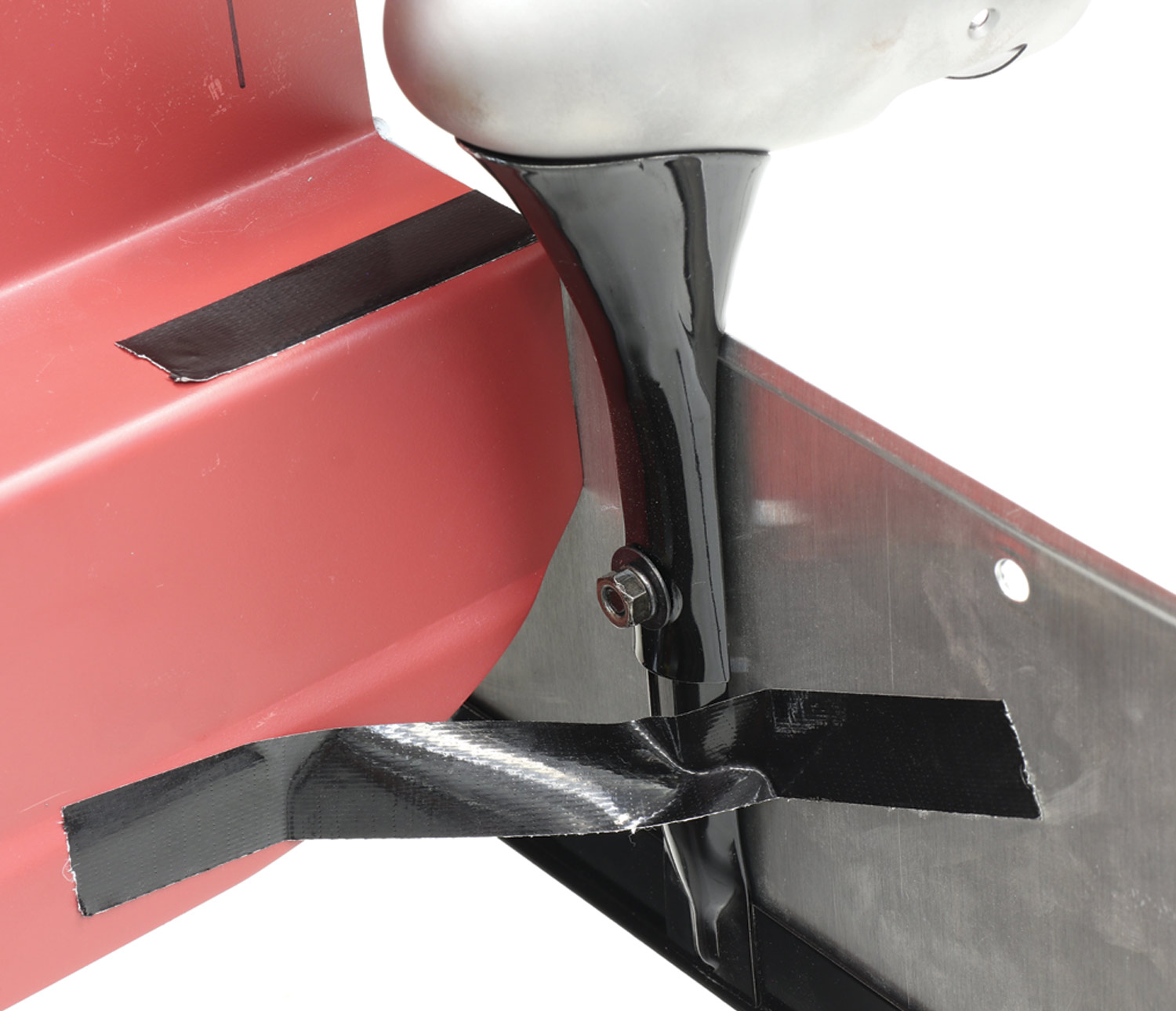

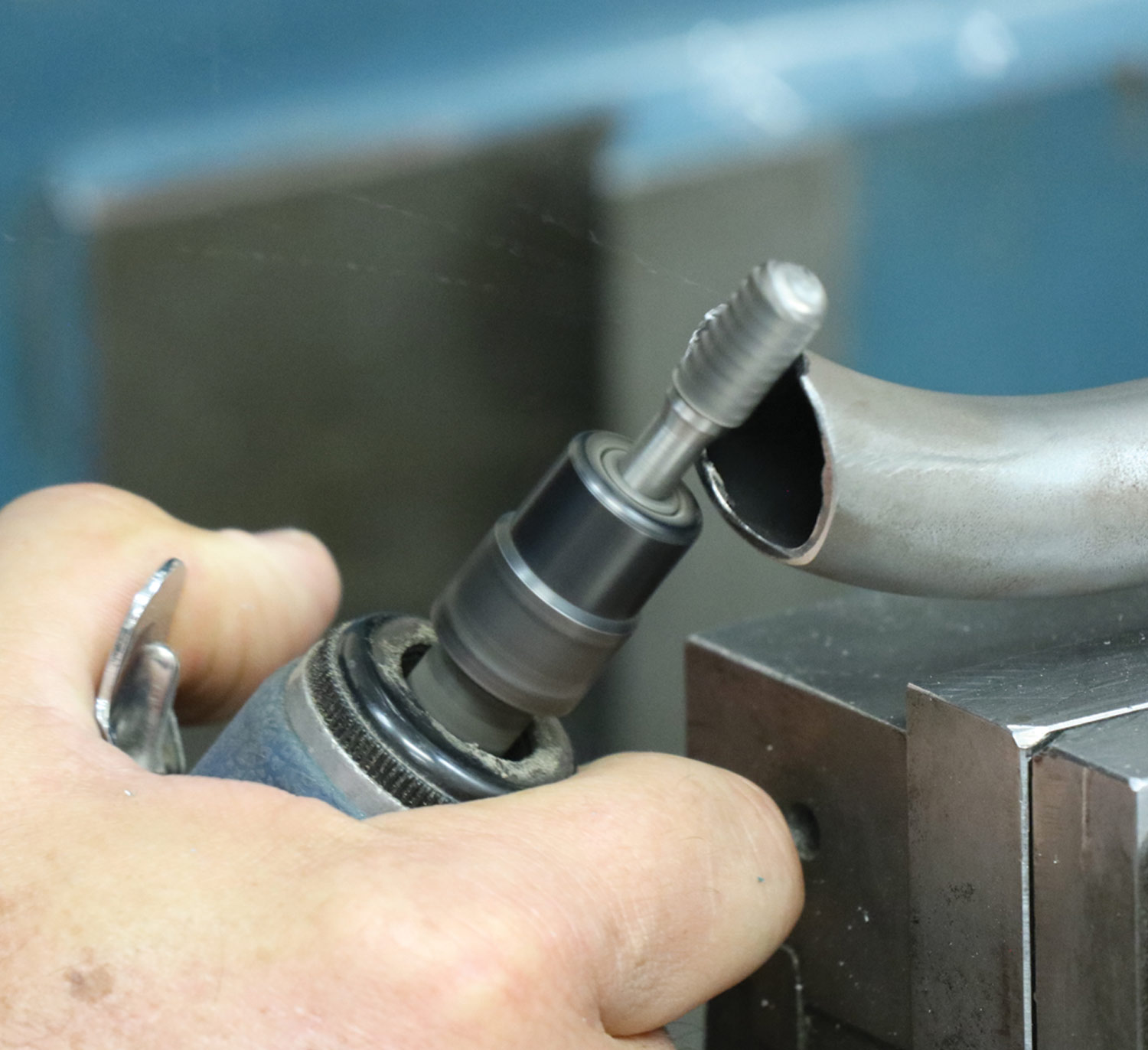
8. With grinder in hand we cleaned up the rough cut made to the taillight stand.
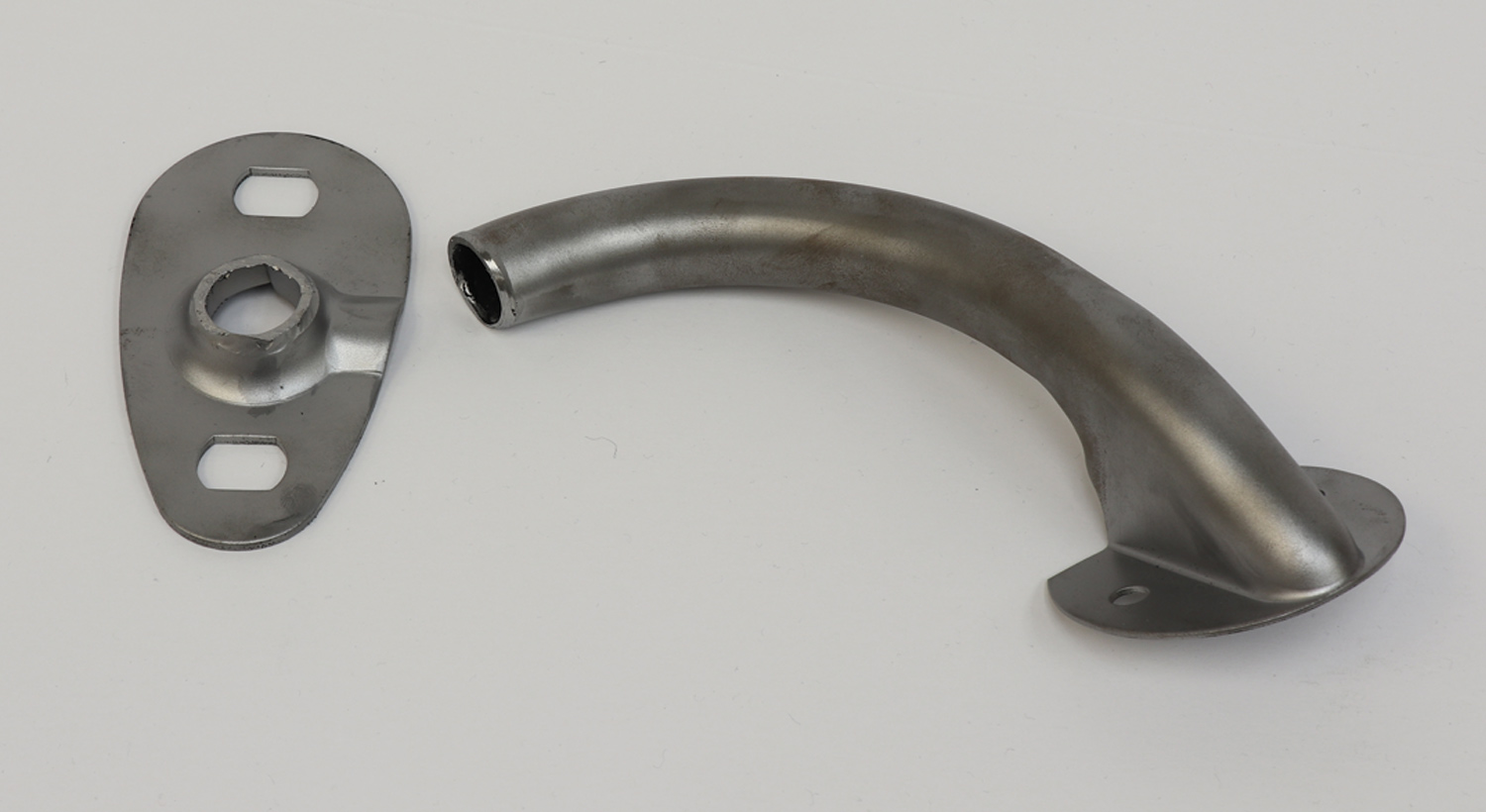
9. With the stand base cut free, as it will not be used going forward.
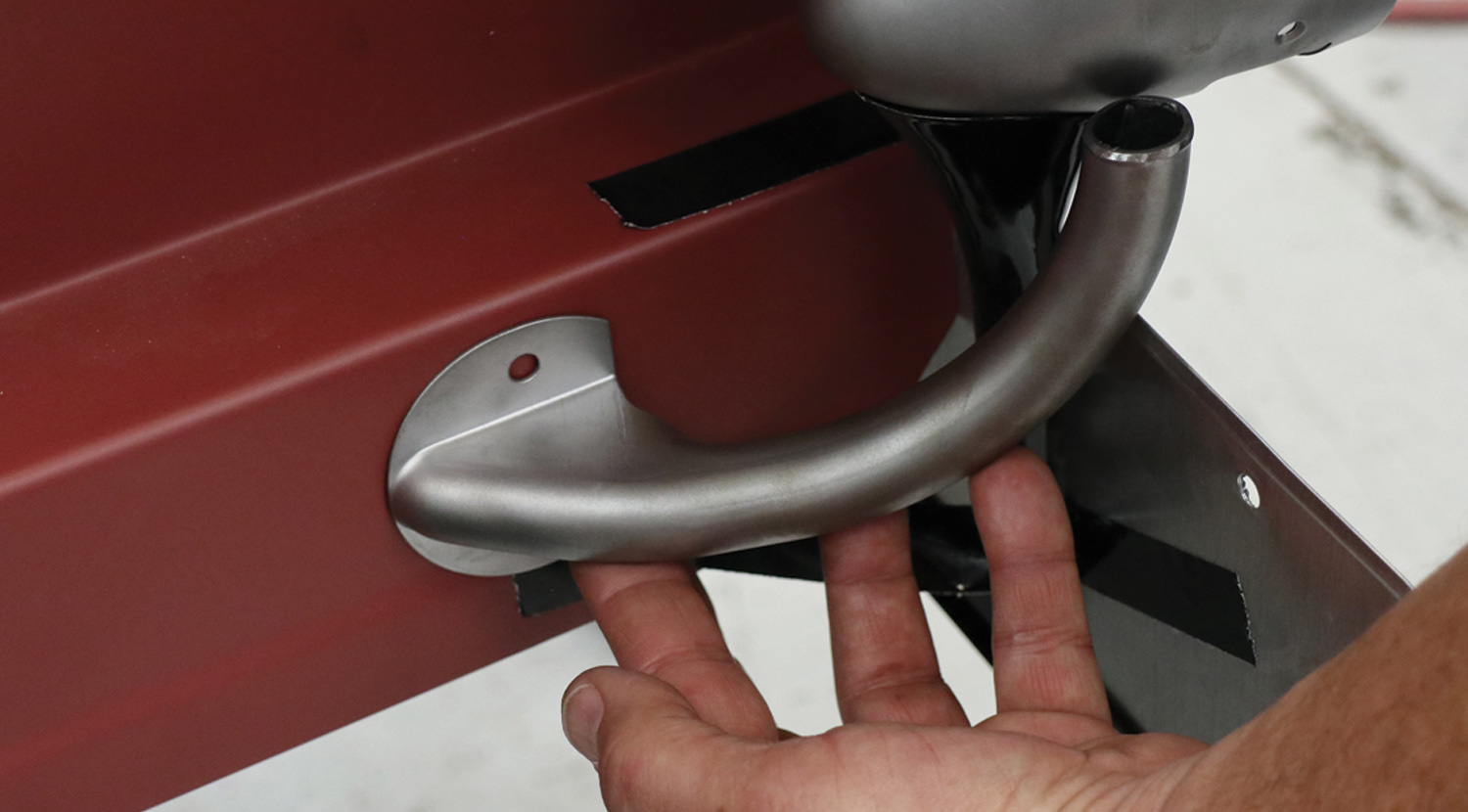
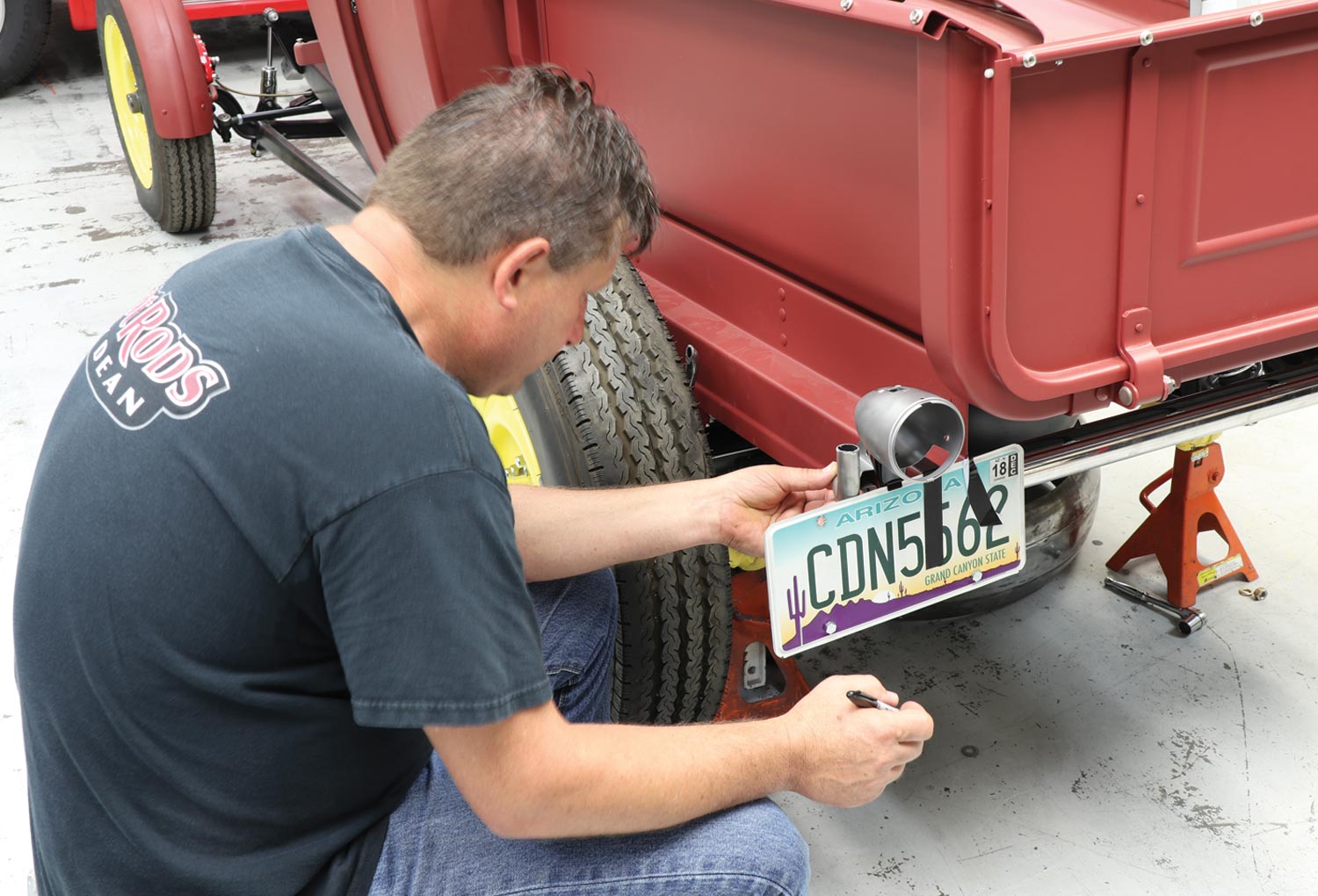
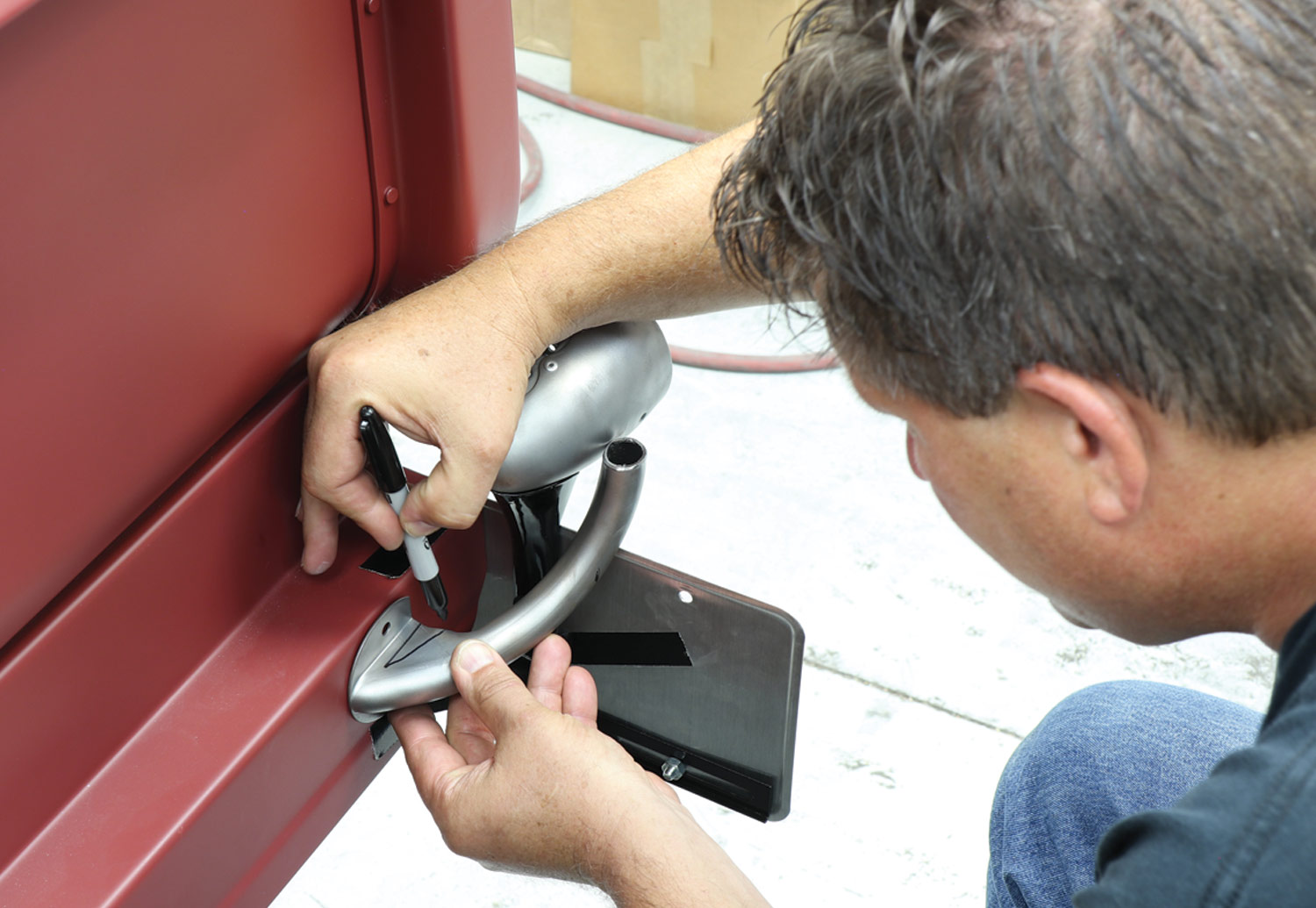

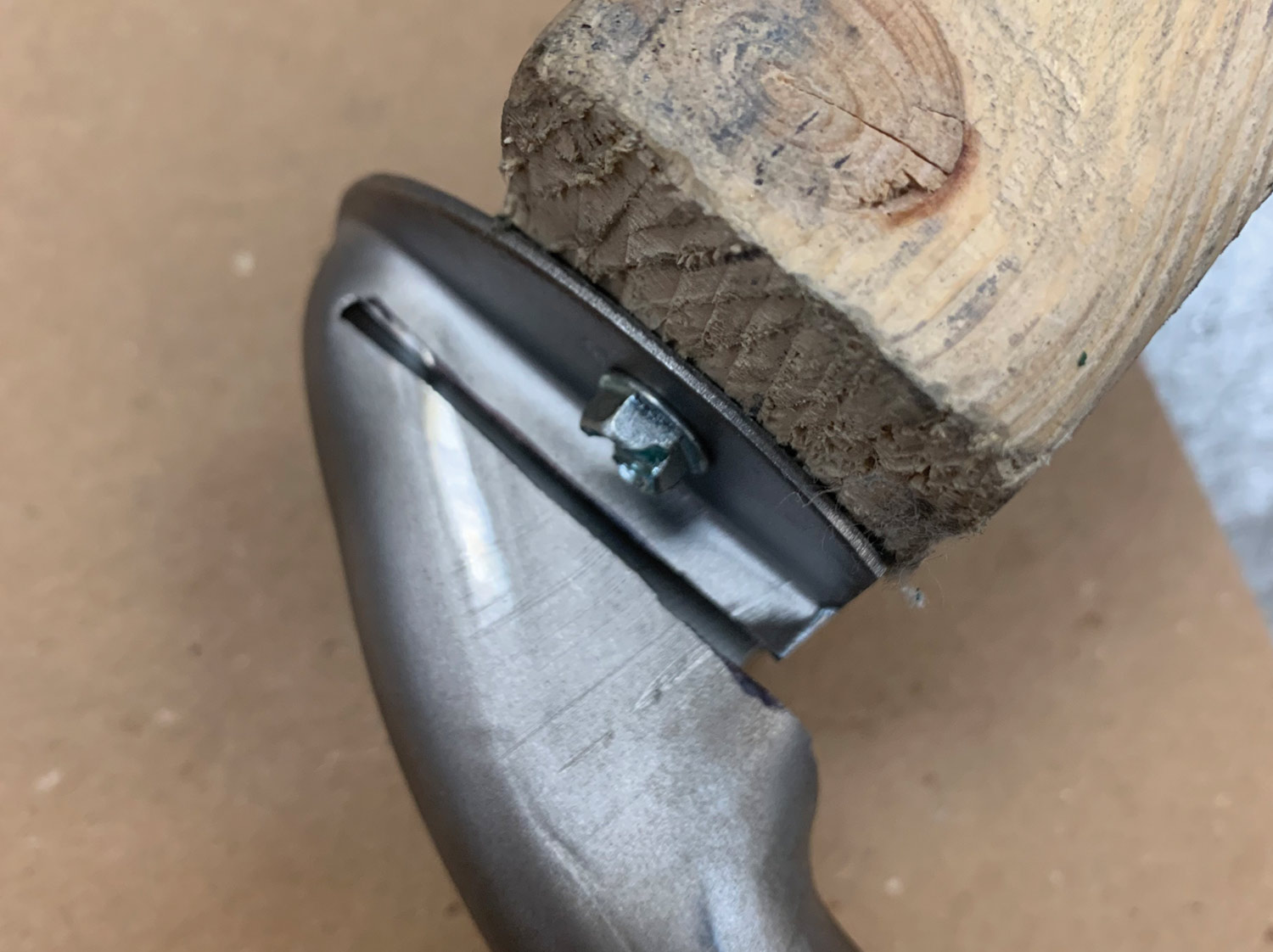


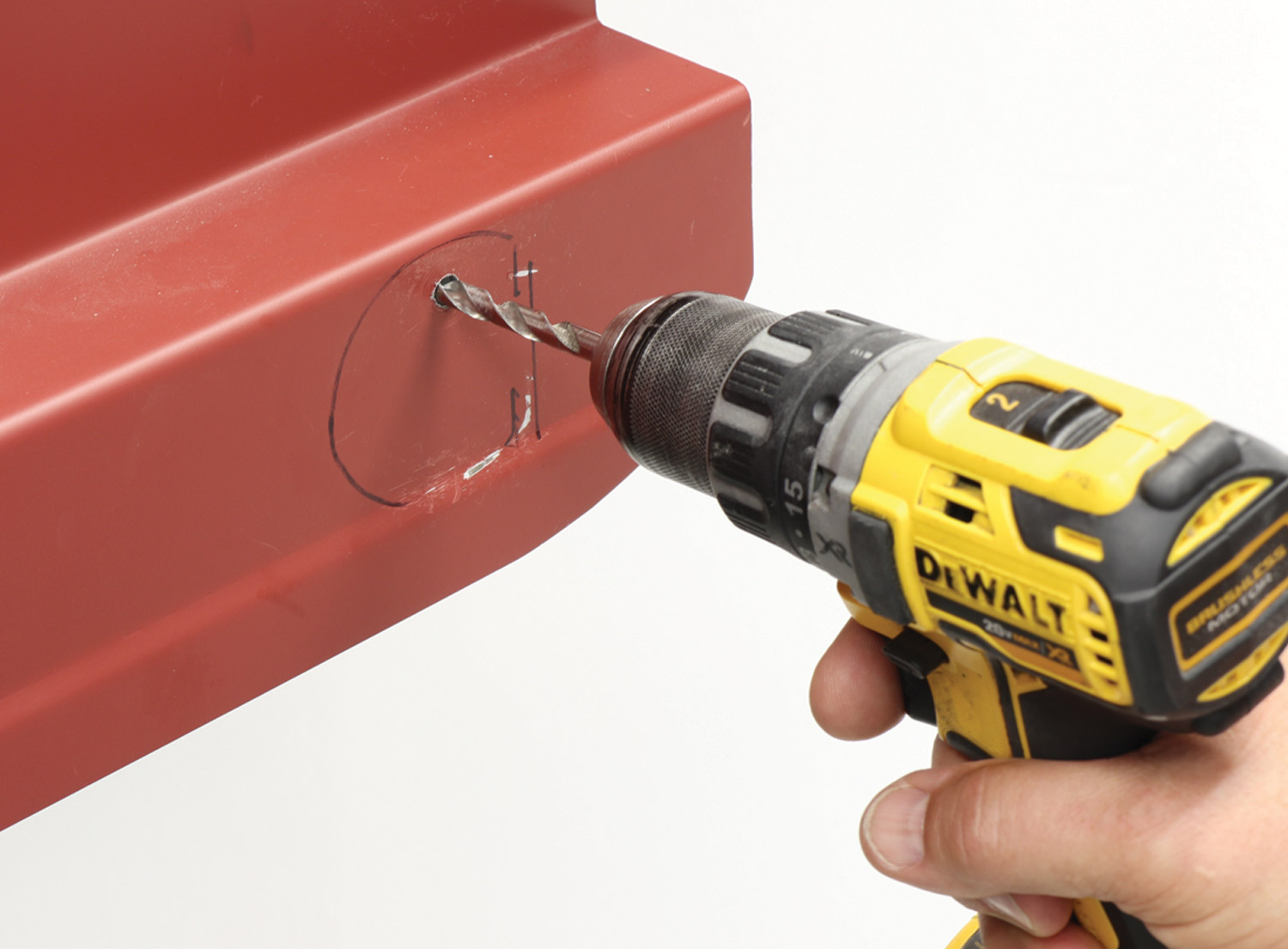
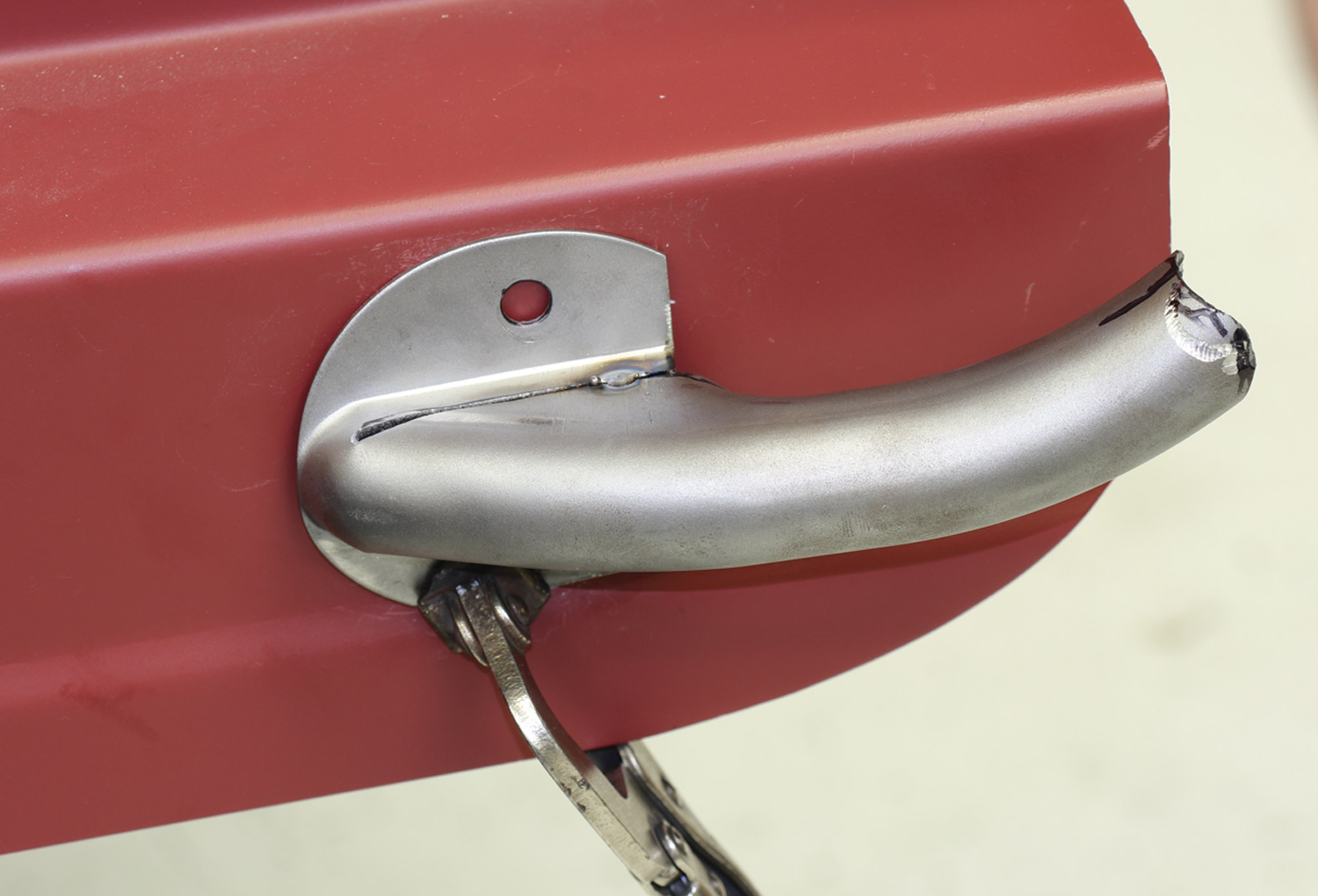
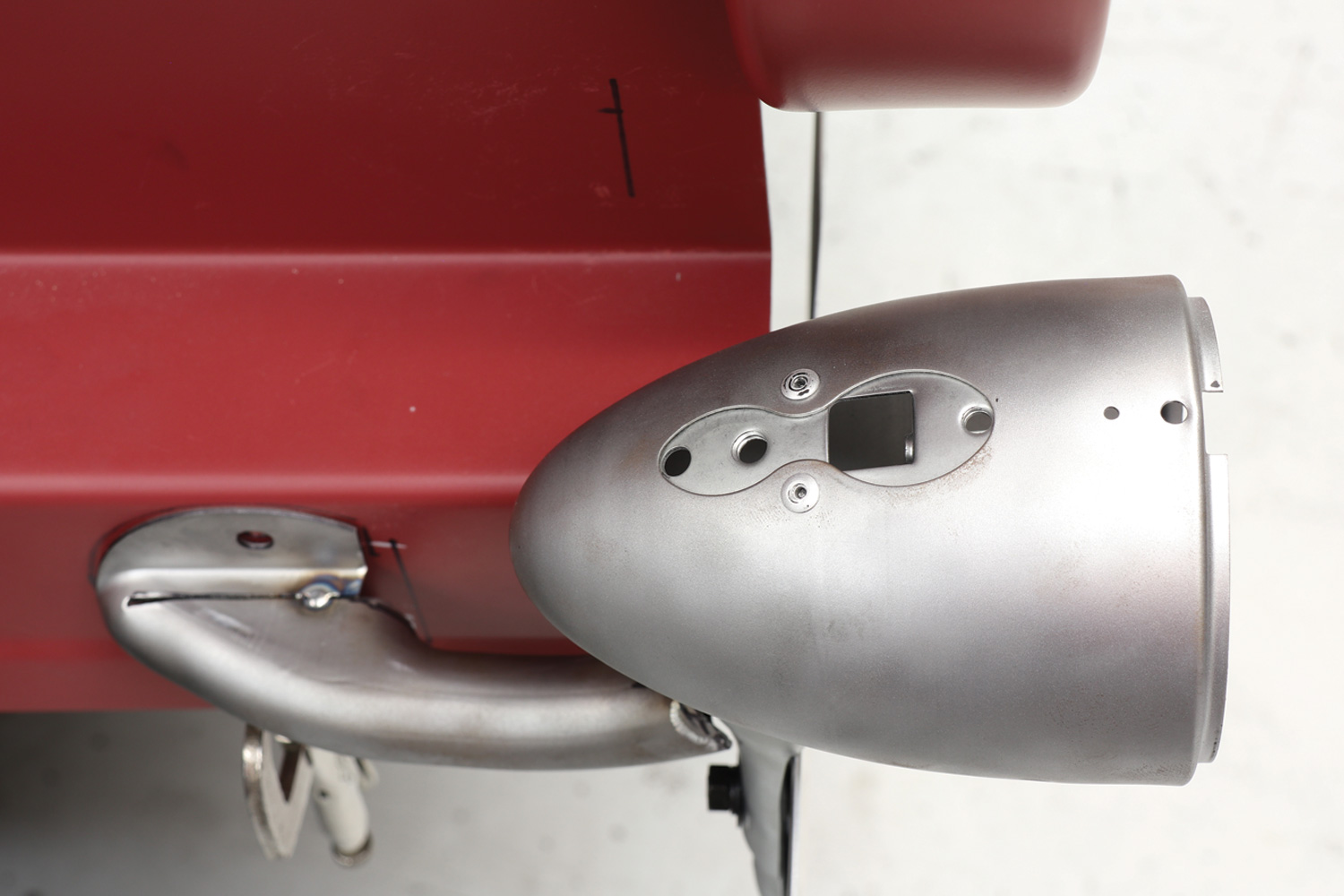
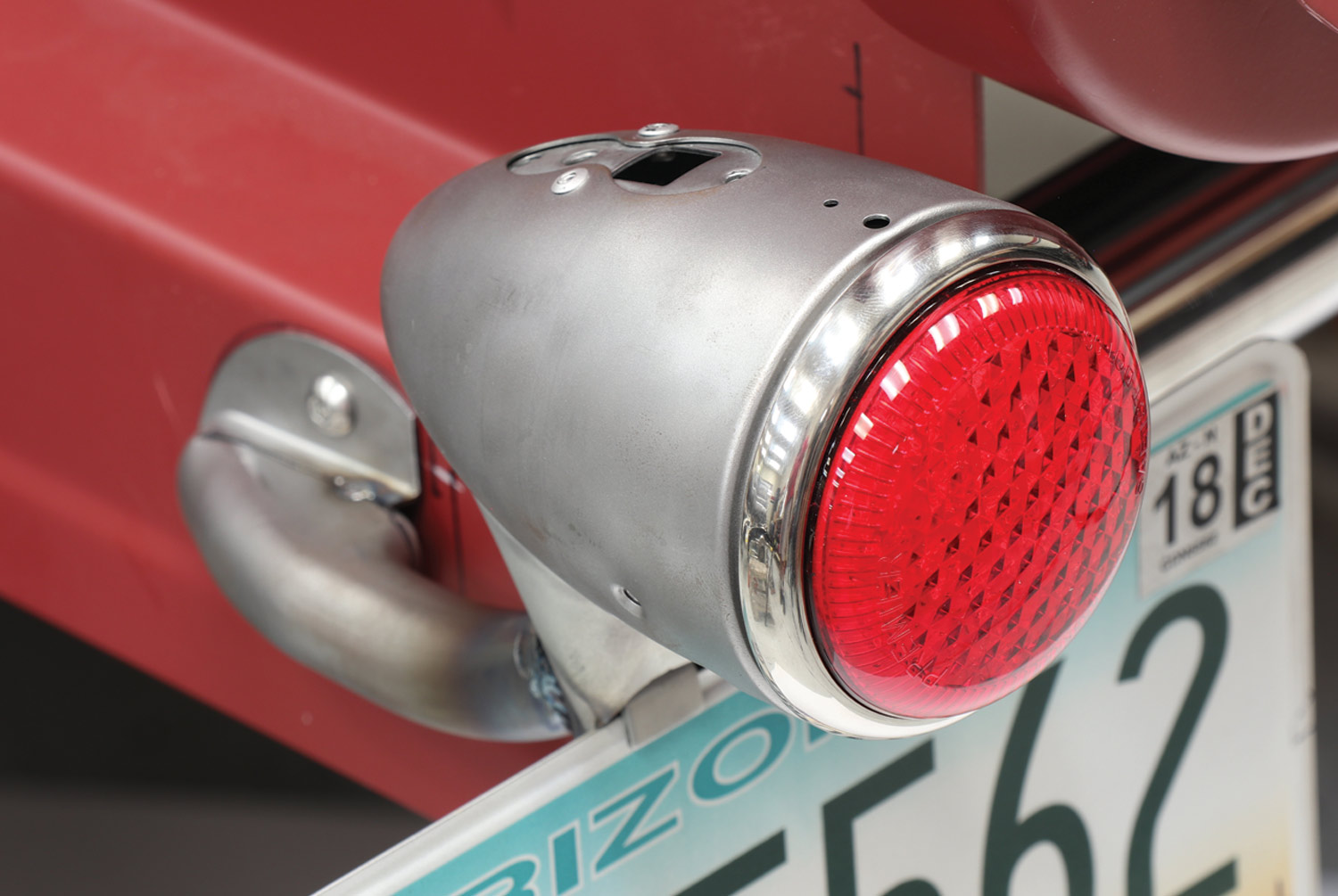
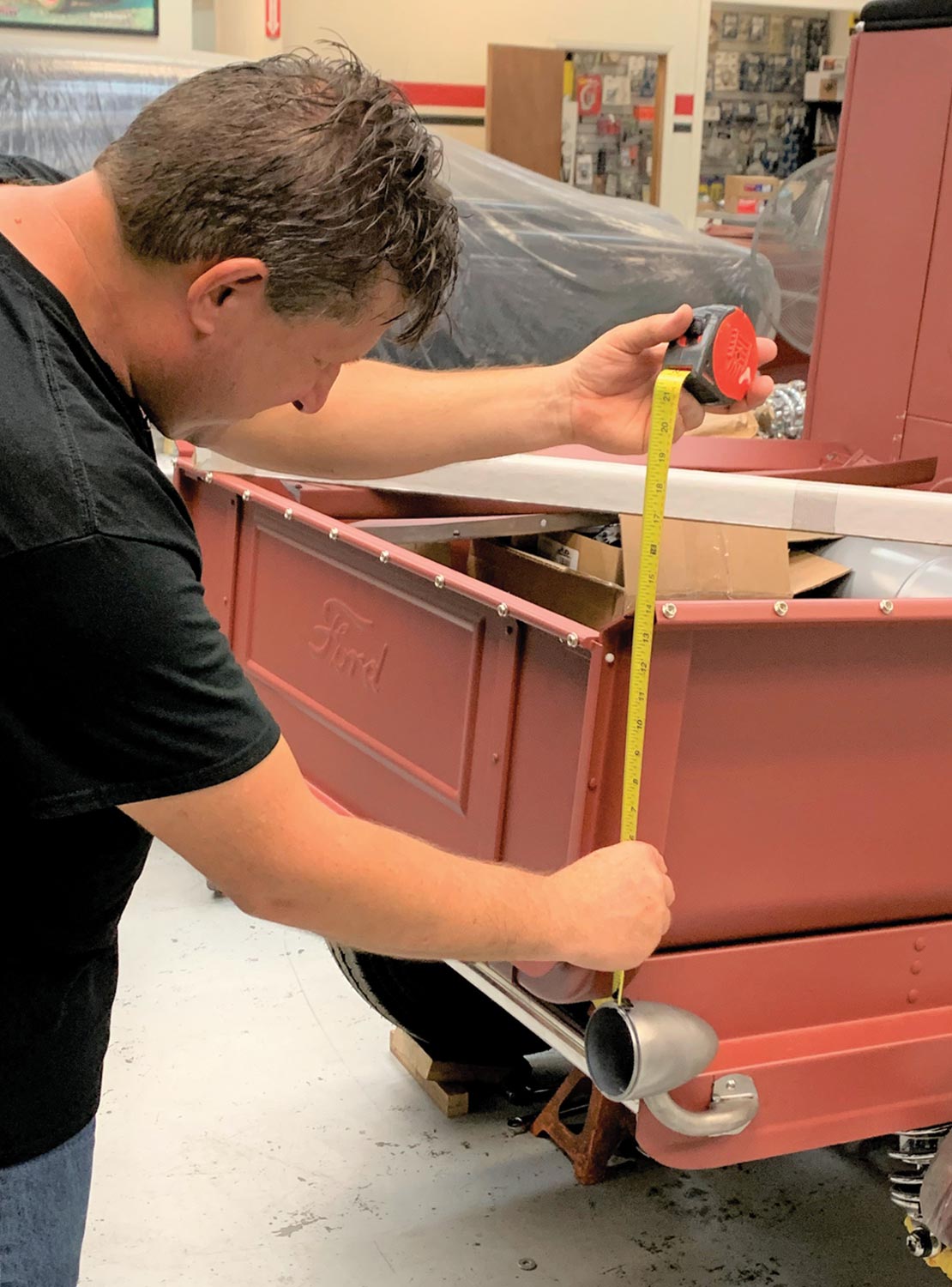
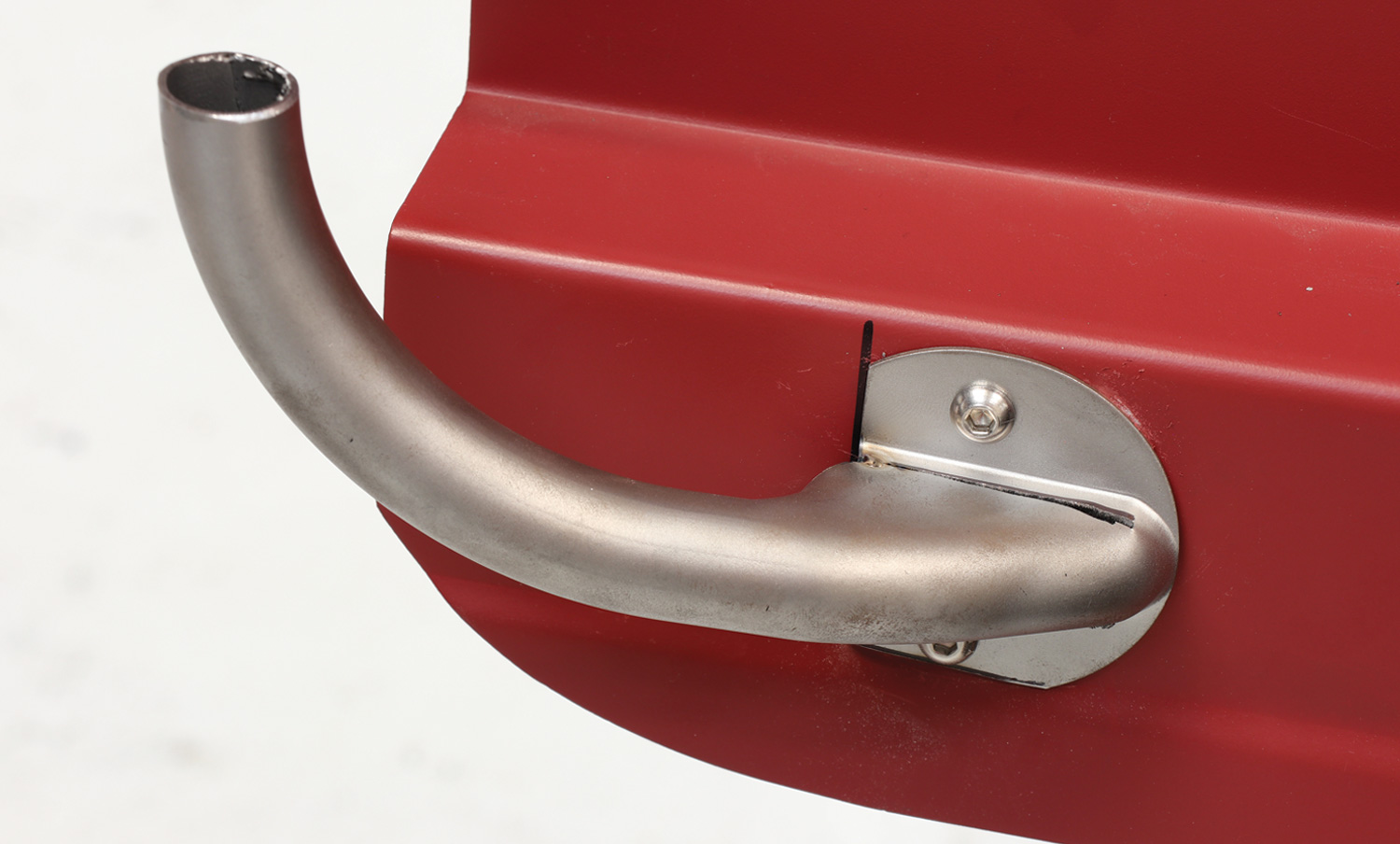
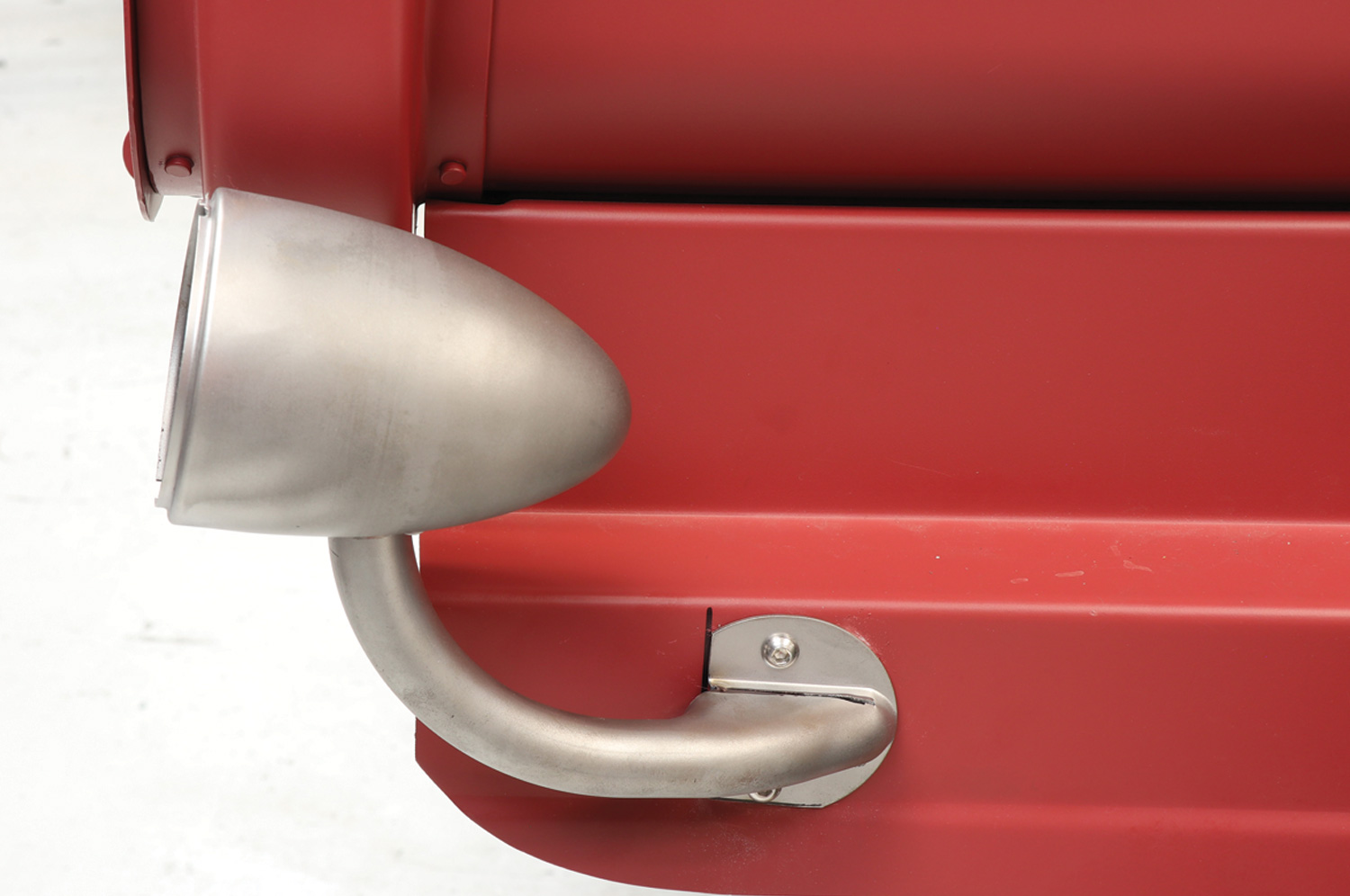
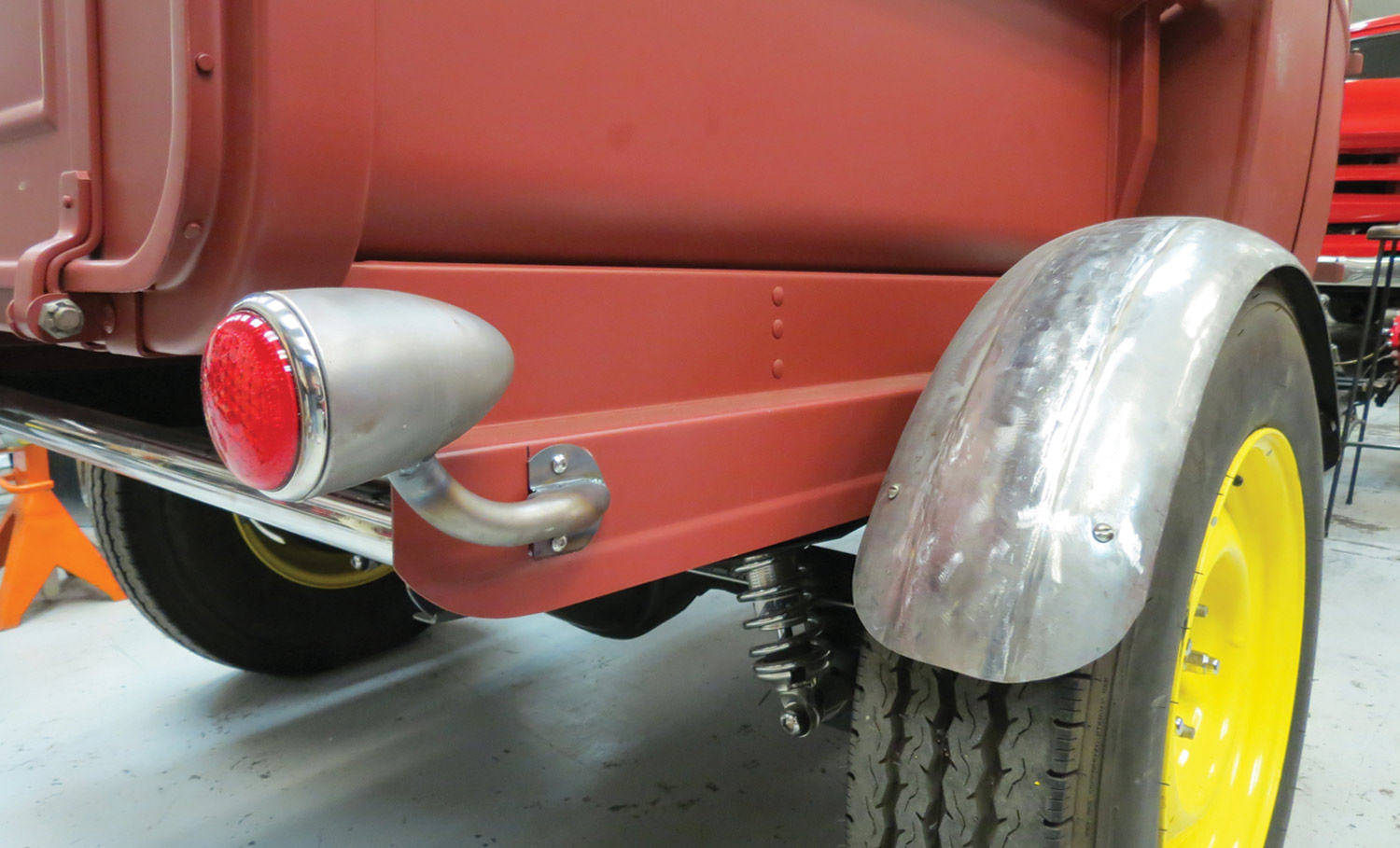
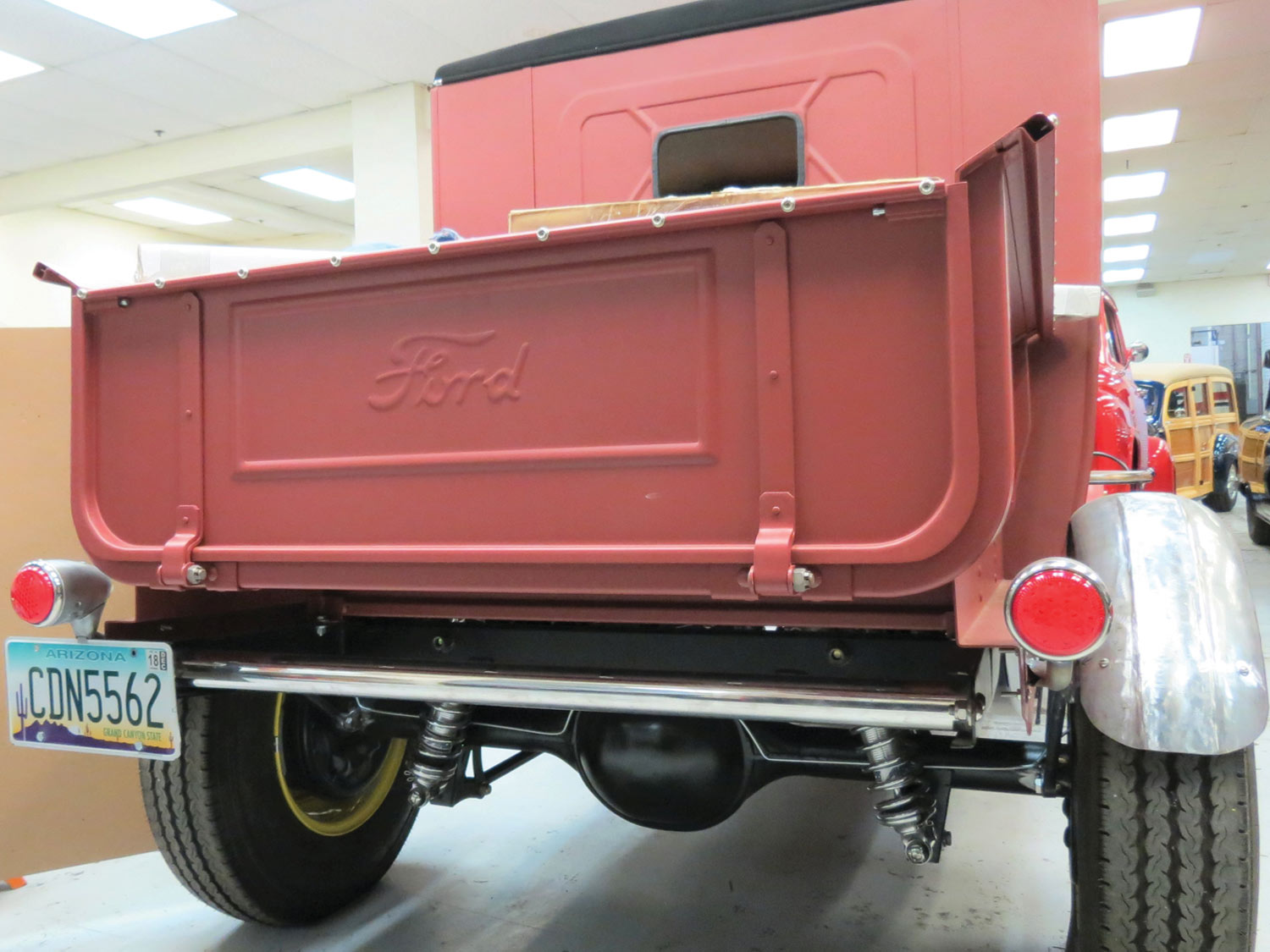
 SOURCES
SOURCES